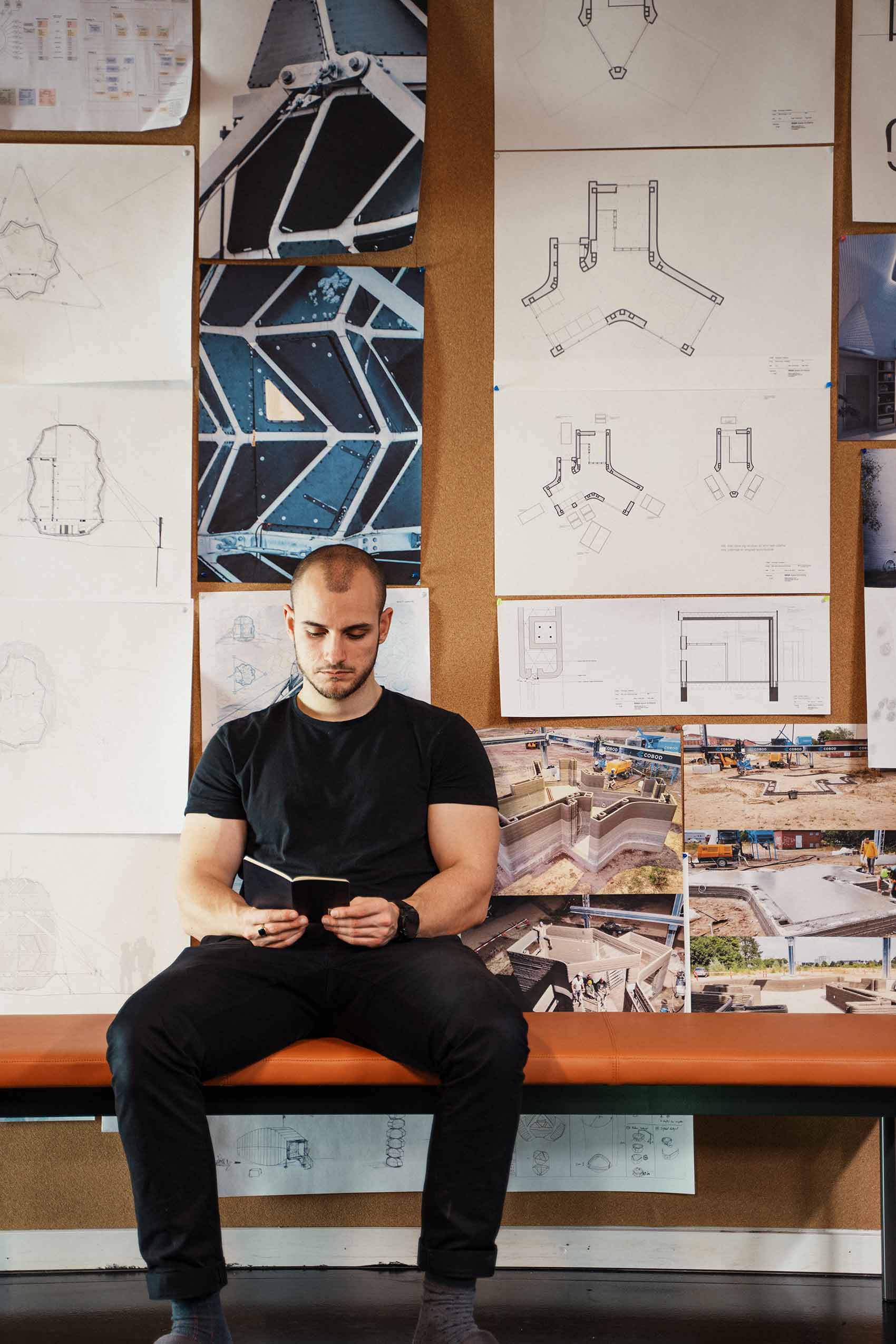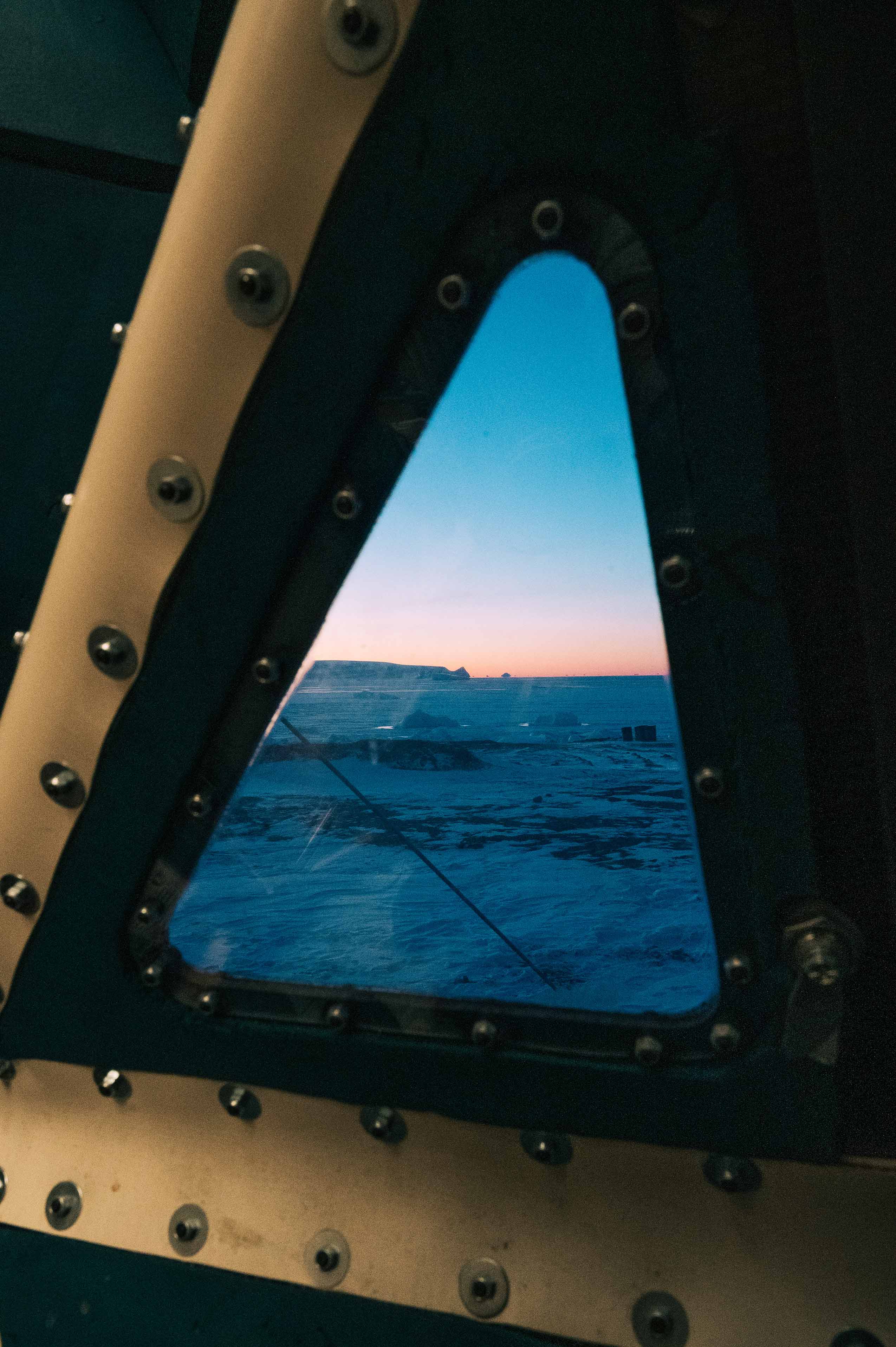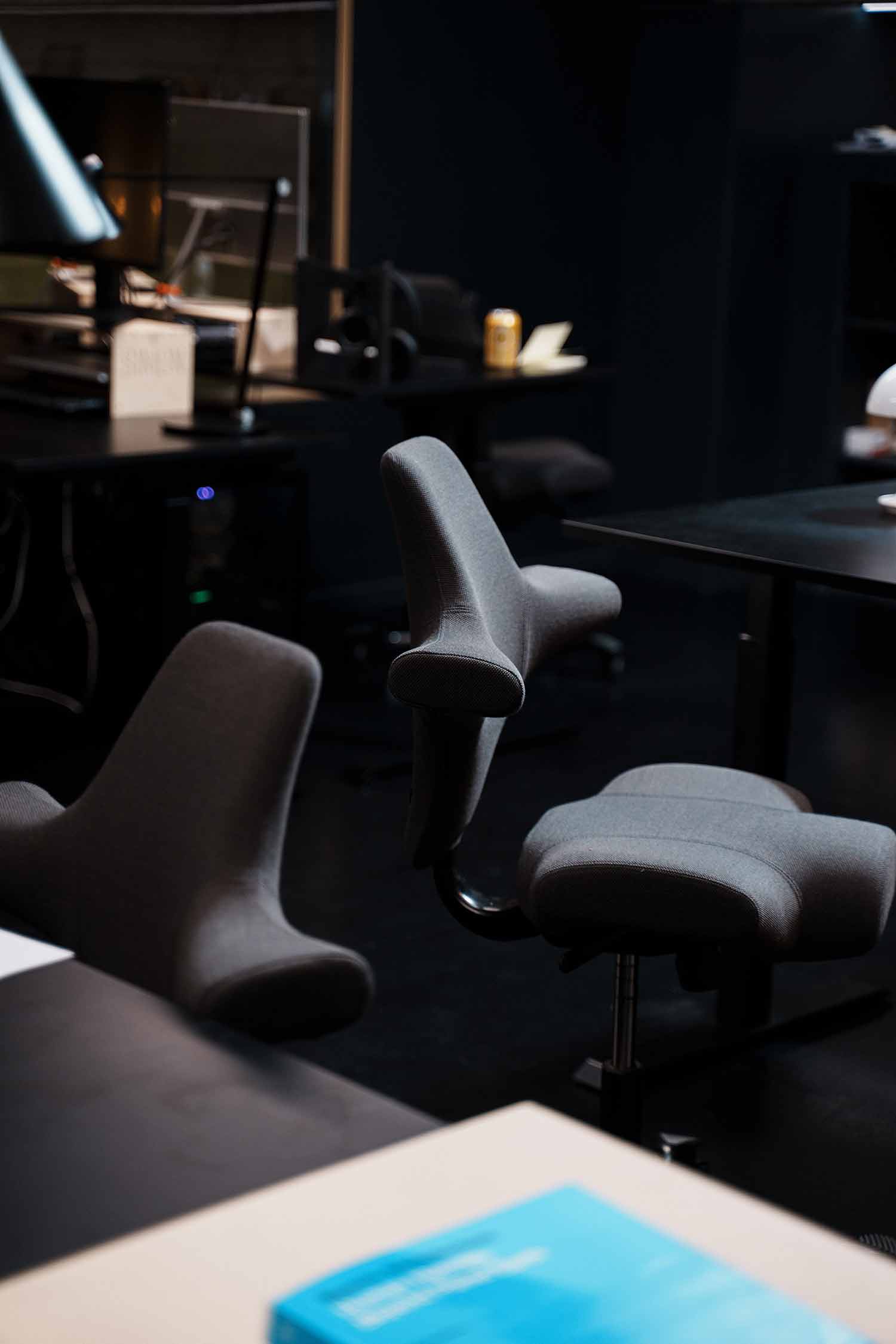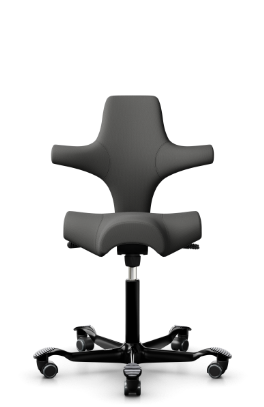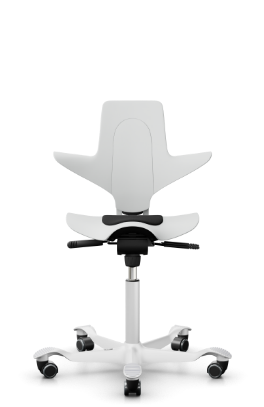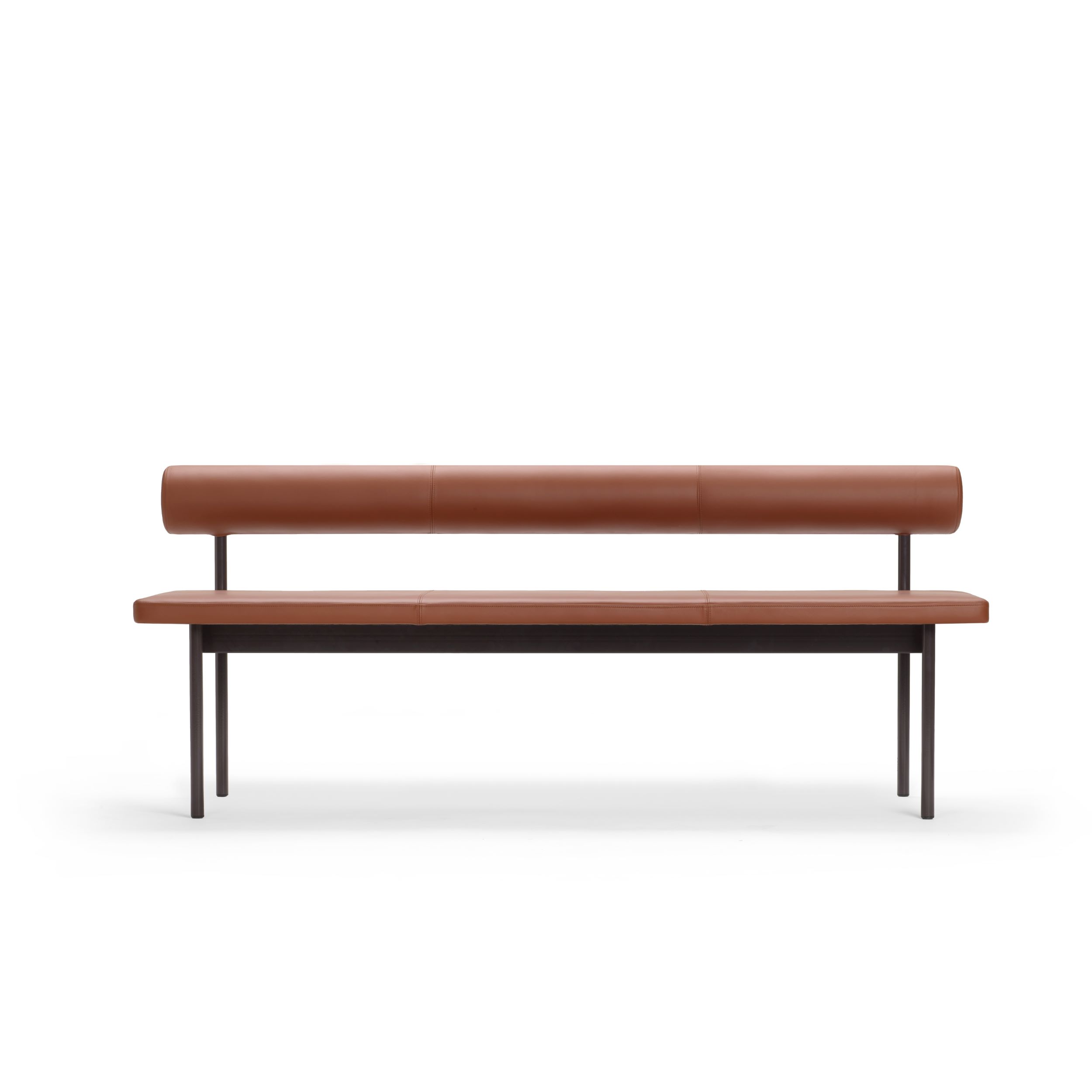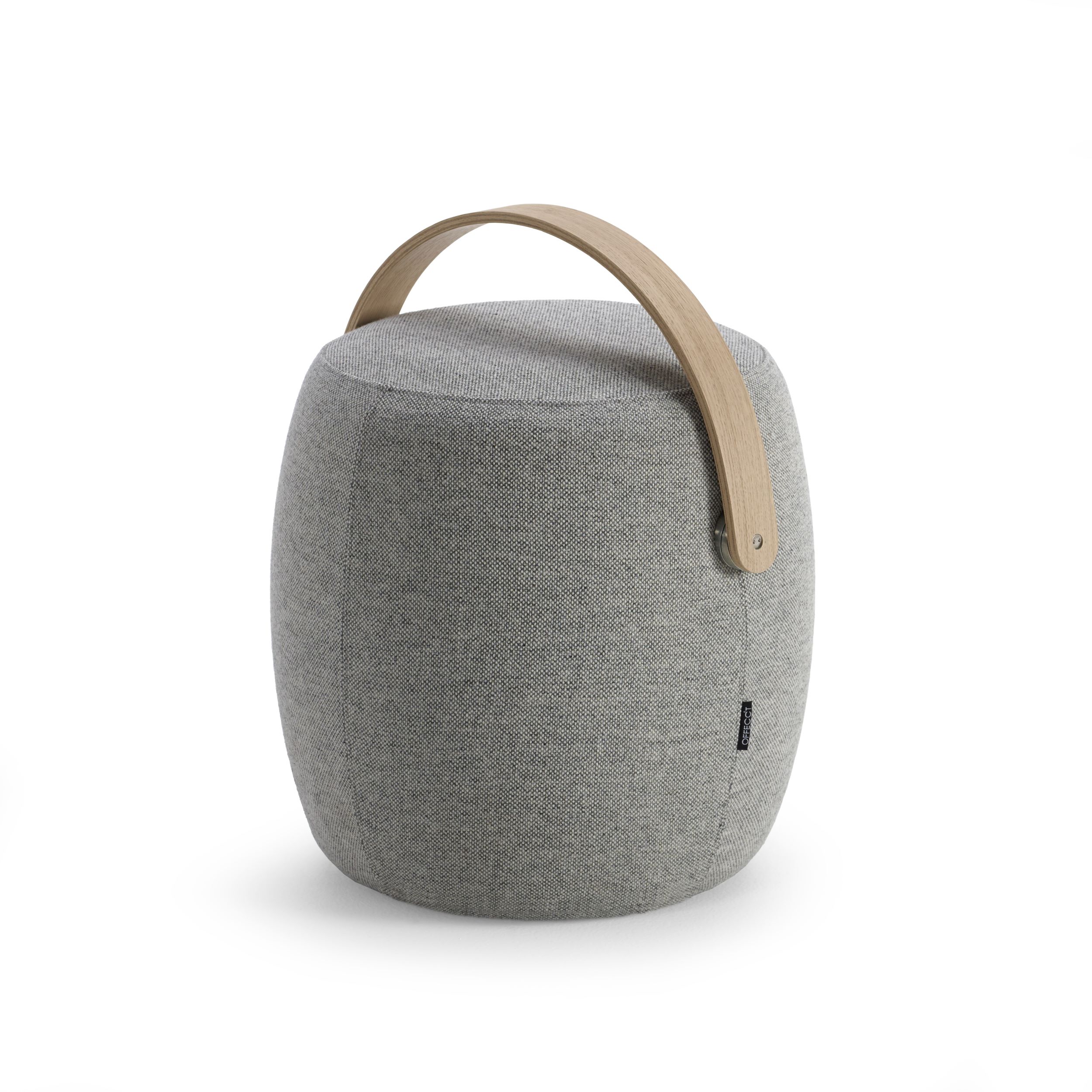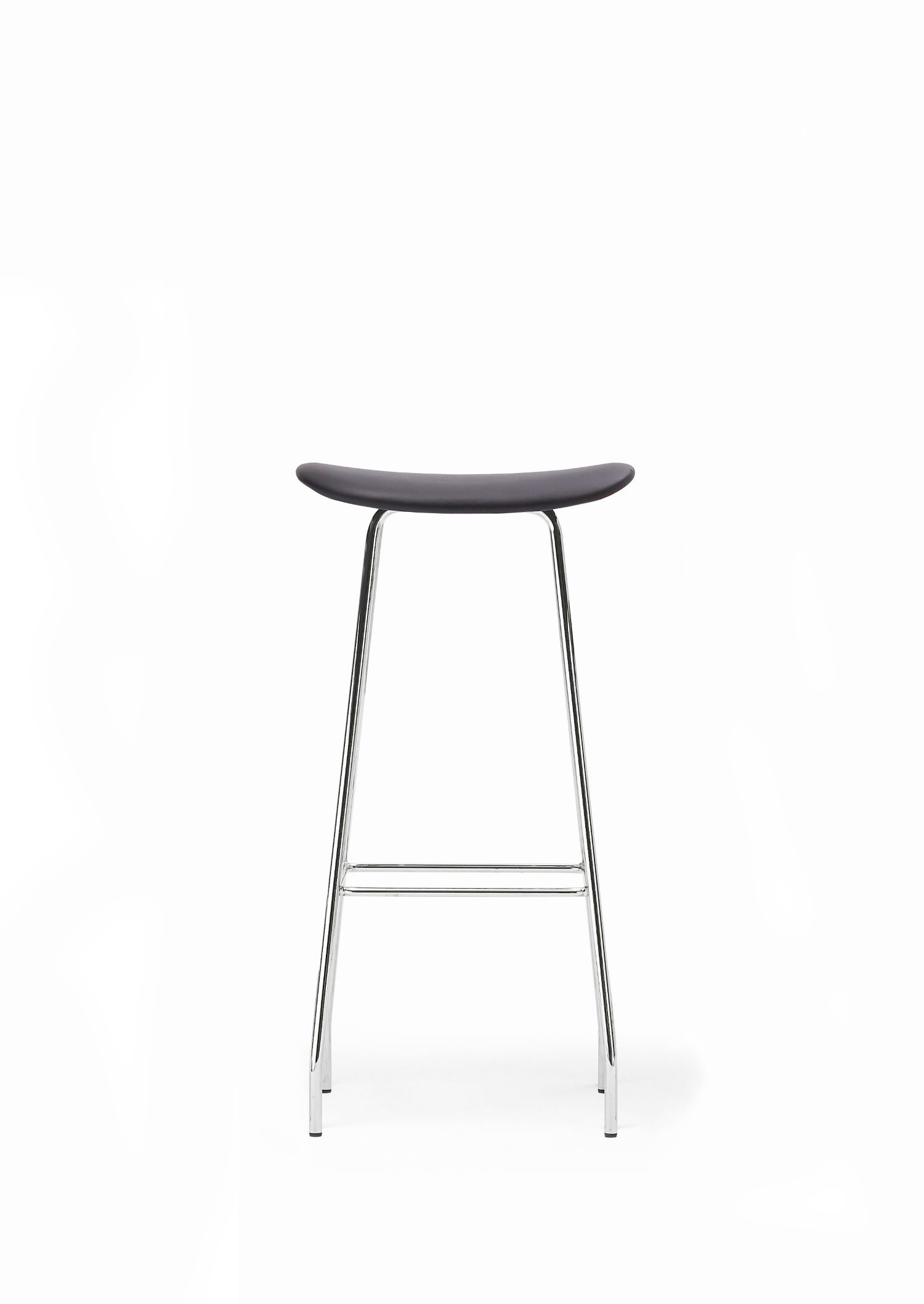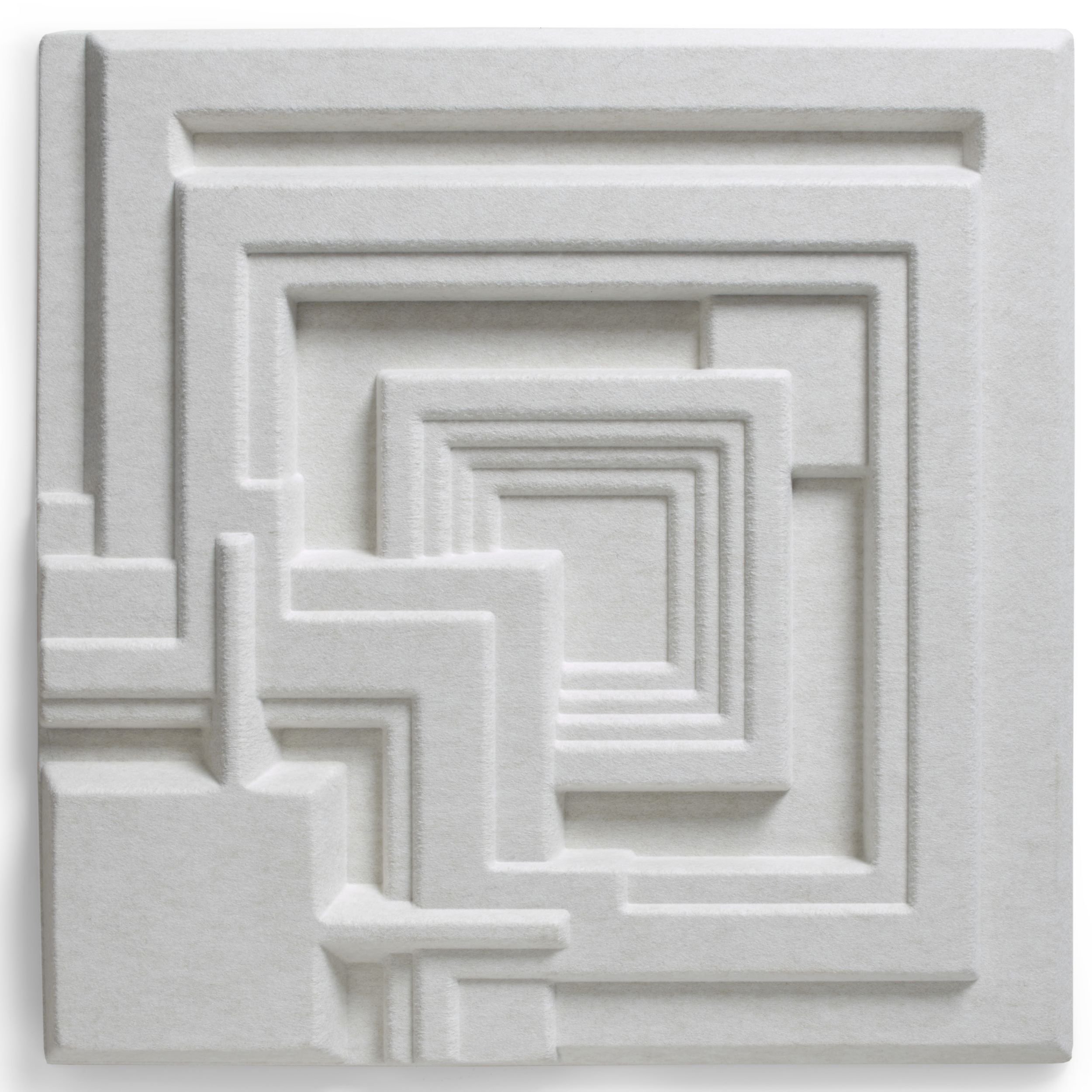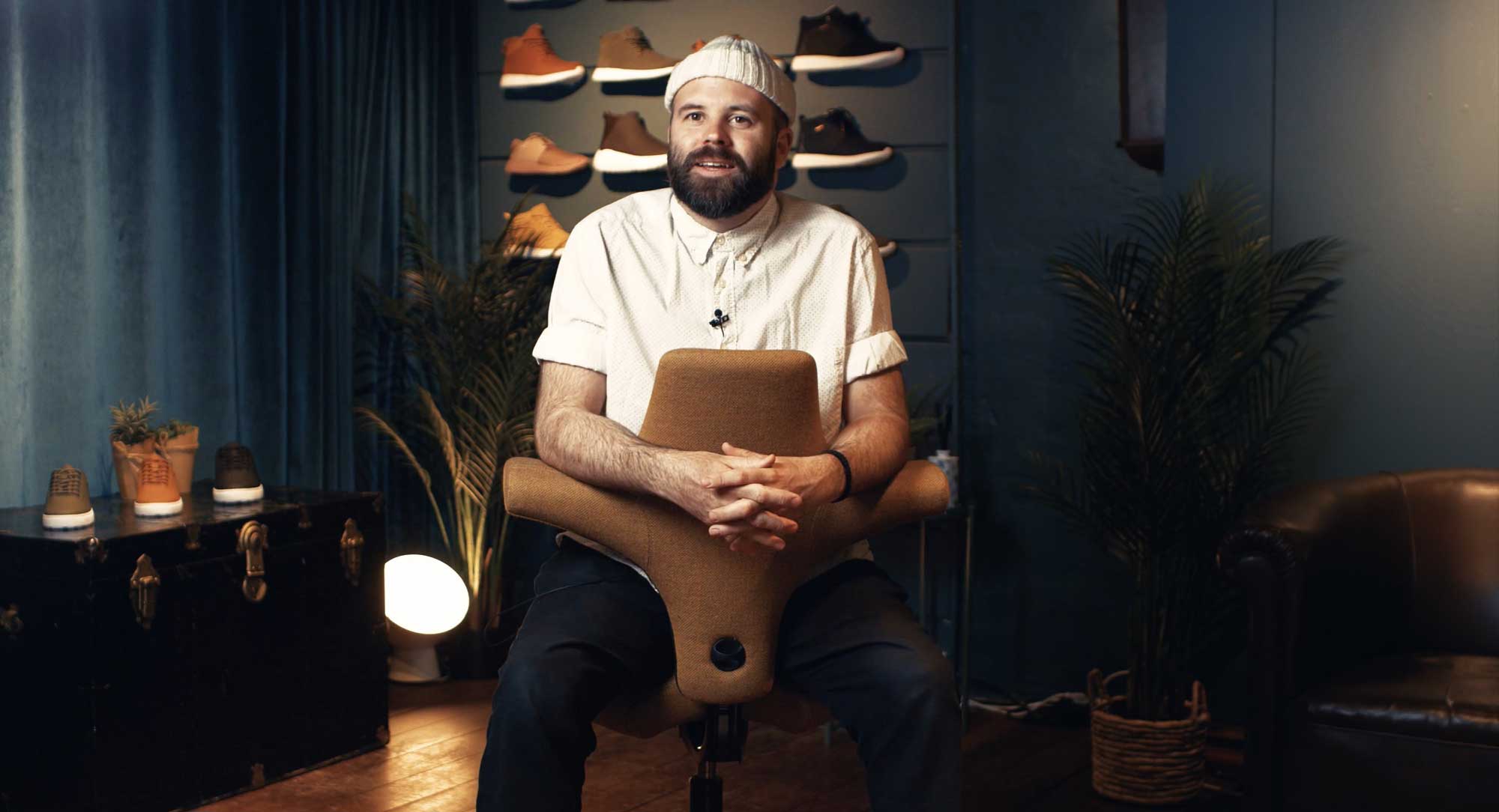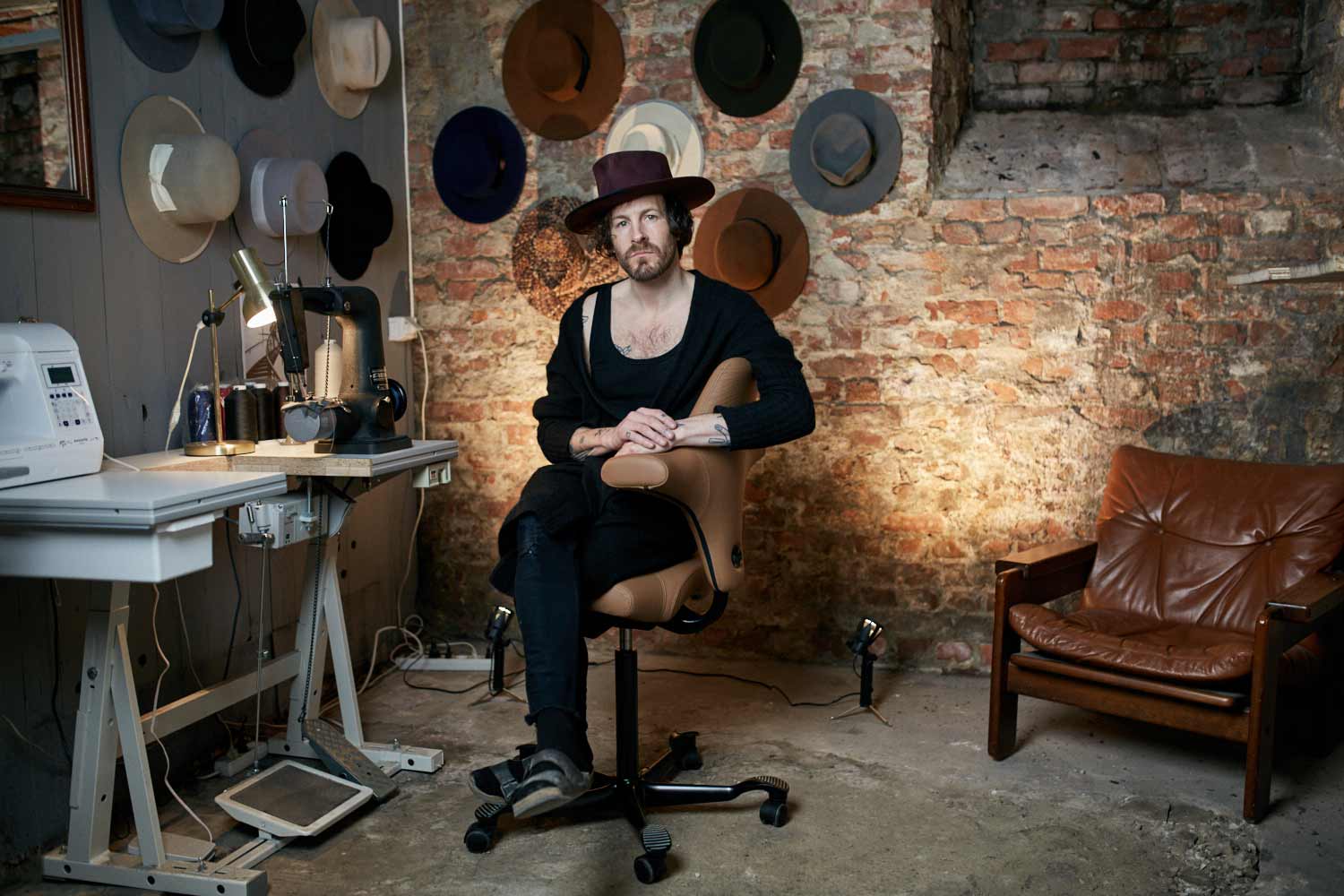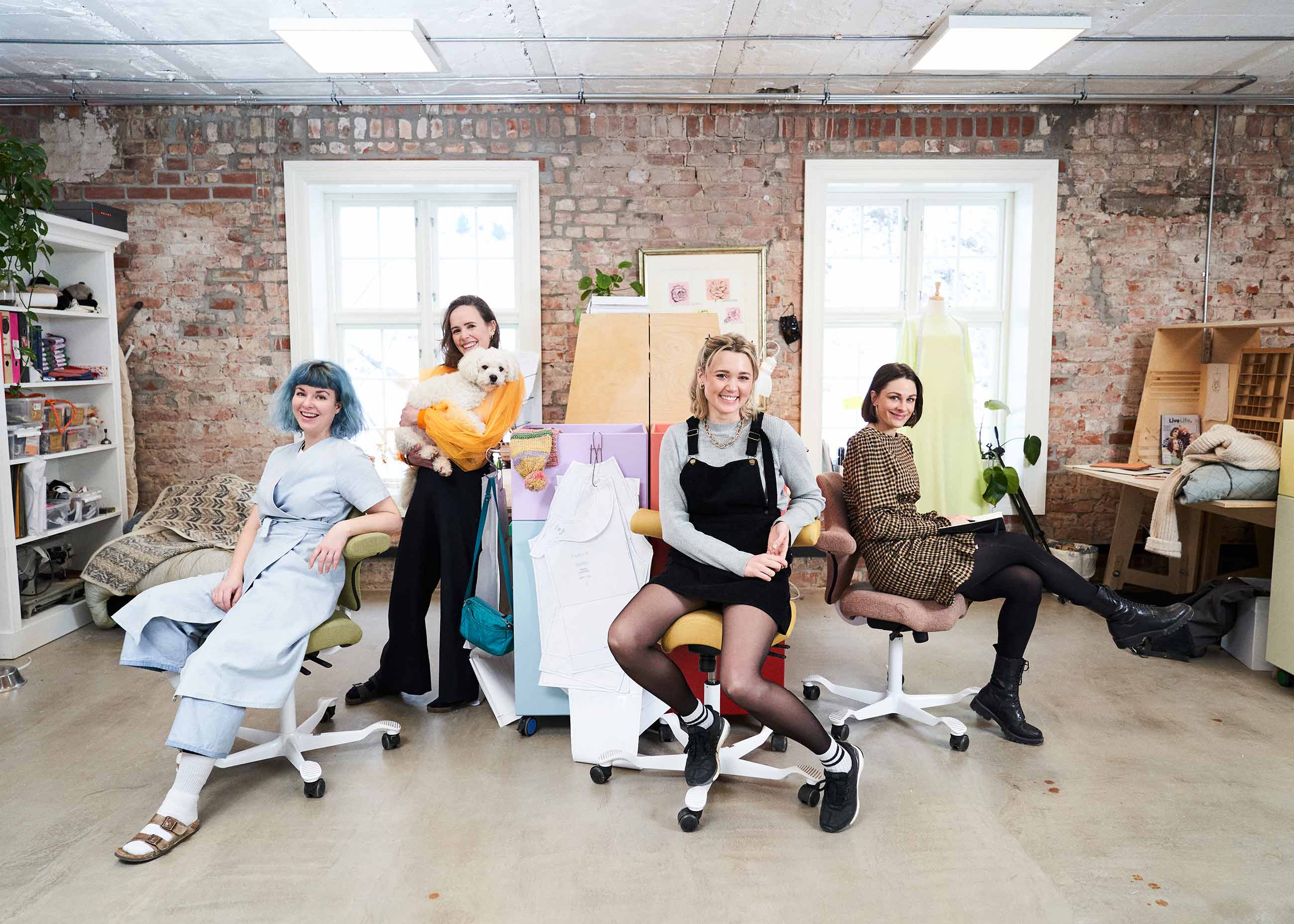SAGA’s most ambitious venture to date is LUNARK, a two-year project to develop a deployable moon habitat. The design is comprised of rigid carbon fibre panels in a unique origami-inspired design enabling it to be compact during travel, then unfolded to increase its volume by 750%.
“It took us about 9 months just to figure out how to do the origami pattern.” Explains Sebastian, “The entire habitat folds, and that was extremely difficult to make a folding structure. We only really knew that it would work just a few weeks before the expedition. We had done a lot of models, and trials, but you never really know until you build the actual thing.”
The expedition saw Sebastian and Karl-Johan travel to Greenland, spending 3 months living in the small confines of the LUNARK habitat through the cold harsh winter. The climate, which at times dropped to -41°C, also gave them a chance to test out their high-tech spacesuit. The design of the habitat is such that you are able to completely construct and deconstruct it whilst wearing the suits, something important for future use on the moon.
Despite expanding by 750%, the habitat interior is only 4.5m2, which meant that SAGA had to be incredibly meticulous when organising the space to accommodate the various activities inhabitants are required to do, as well as feel welcoming enough to not harm their mental wellbeing. SAGA developed circadian LED light panels in LUNARK to simulate the passing of time using light and colours.
Sebastian; “In fact, the main part of the test was the psychological impact of the architecture- could we design a healthy and stimulating architectural home? We are not trained professional astronauts our tolerance is much lower. Therefore, we needed a much more pleasant living environment. We wanted to create a home, not a survival machine, and all the psychological results so far point in that direction, that actually we could.”
